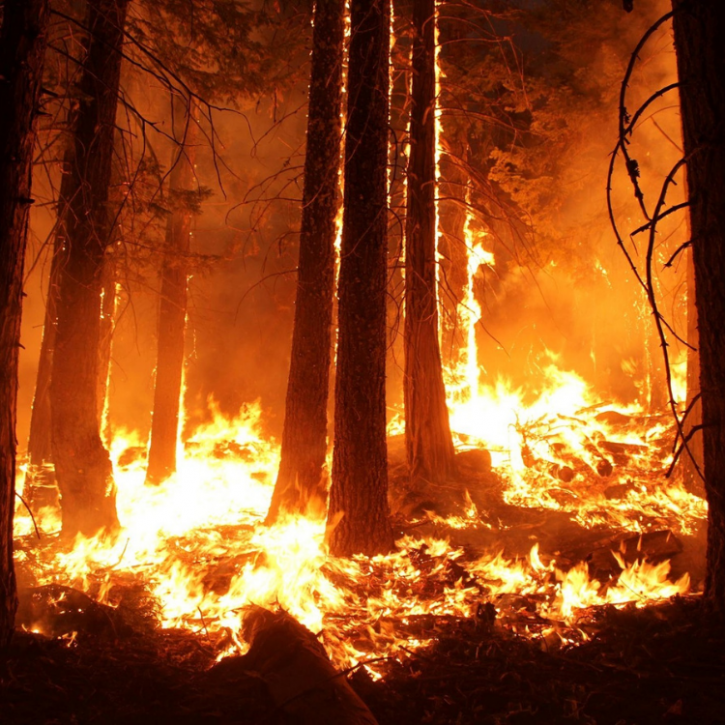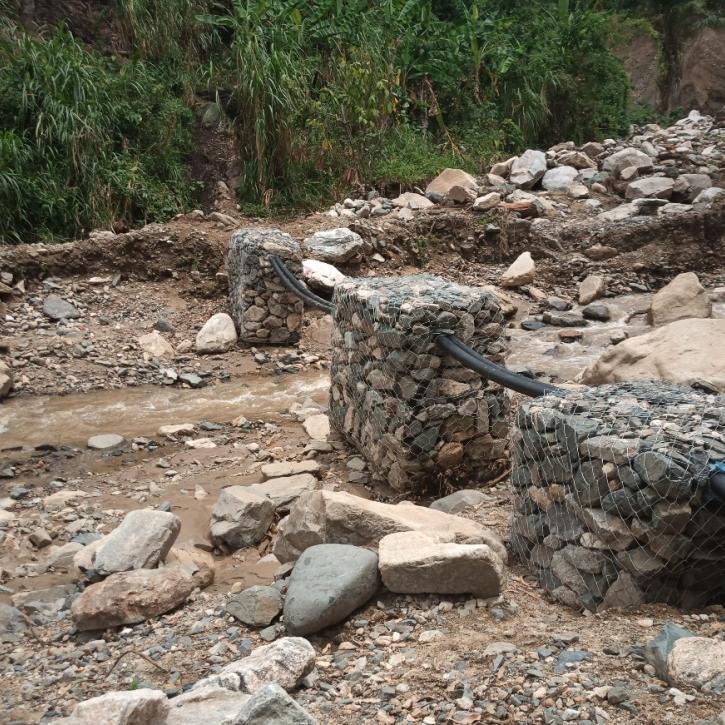

Using machine learning to predict fire‐ignition occurrences from lightning forecasts
Title: Using machine learning to predict fire‐ignition occurrences from lightning forecasts
Authors: Ruth Coughlan, Francesca Di Giuseppe, Claudia Vitolo, Christopher Barnard, Philippe Lopez, Matthias Drusch
Journal: Meteorological Applications
URL: https://doi.org/10.1002/met.1973
Human activity is the leading cause of wildfires, however, lightning can also contribute significantly. Lightning ignited fires are unpredictable and identifying the relationship between lightning and its causes for ignition is useful for fire control and prevention services, who currently assess this danger mainly based on forecasts of local lightning activity. In general, there is a relationship between fire ignition and fuel availability and dryness, but the environmental conditions needed for a lightning ignition was unknown. This research looked at developing a global artificial intelligence (also known as machine learning) model which would be triggered by cloud to ground lightning activity and then examine the current weather and ground conditions to identify lightning flashes which could potentially cause fires, adding valuable information to already existing regional early warning systems.
In this research we created three different machine learning models called classifiers to identify where lightning flashes could be a hazard. This model type assigns a label to a series of information given and for these research models, it assigned one of two: lighting-ignited fire hazard or no hazard. All models were developed on the decision tree concept, a basic model, where you follow a series of questions, answering true or false until you reach a decision. The models developed were a singular decision tree, Random Forest and Adaboost, with the latter two methods using many different decision trees to create an answer. The models were built on environmental data gathered from assumed past lightning ignited fires events identified by combining active fire information with a cloud to ground lighting forecast product.
Original test data showed promising results of around 78% accuracy for the multiple decision tree methods, leading to an independent verification 145 lightning ignited fires in Western Australia in 2016. This highlighted that in a minimum of 71% of the cases the models correctly predicted the occurrence of lightning caused fire. Due to the success of the models, further research is planned with the current models to be used in an operational context to enhance information connected to fire management.




